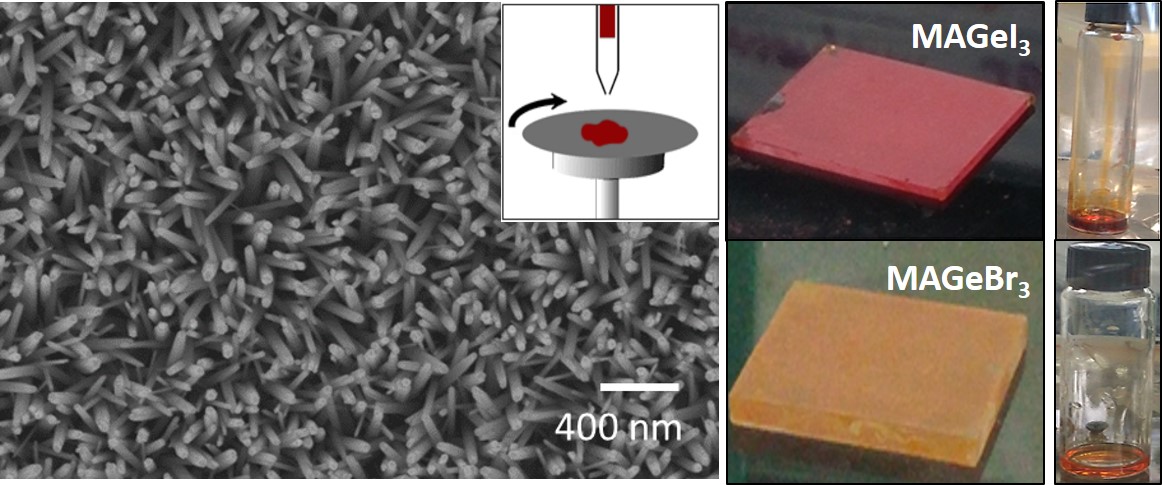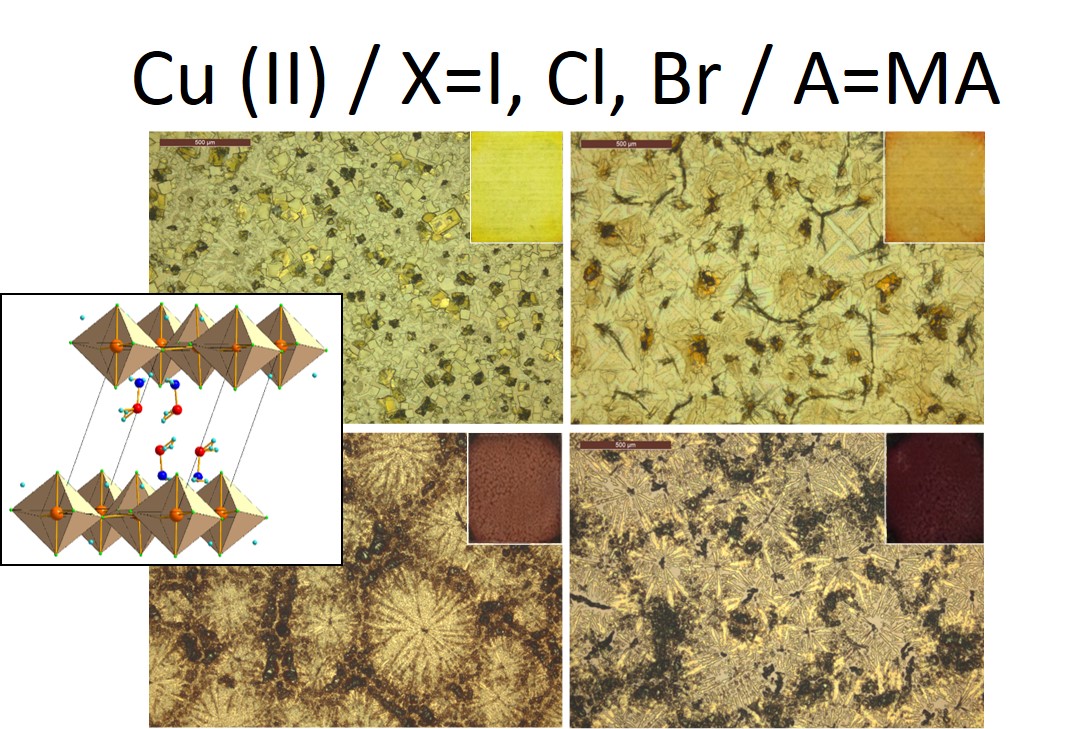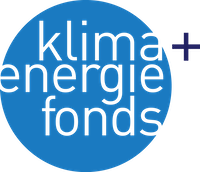PERMASOL Perovskite Materials for Efficient Solar Cells
PERMASOL is an ambitious initiative to improve the current understanding and technological state-of-the-art of perovskite solar cells, which are on the way to revolutionize the PV industry with their low fabrication cost and high efficiency. The project introduces innovations addressing the toxicity and low stability of perovskites, which impede their commercialization. The main approach is through the investigation of lead-free perovskite absorber materials. In parallel, it proposes new solar cell material components and architectures that are compatible with flexible photovoltaics. Finally, with advanced electronic band-structure calculations and spectroscopic techniques, the project aspires to unveil the properties of new perovskite absorbers and their devices.
Ausgangssituation
Solar cells based on hybrid perovskite absorbers have emerged as the most promising technology to drive large scale PV implementation. This is due to their low-cost fabrication and high power conversion efficiencies, competing with state-of-art crystalline Si and thin film solar cells. The 3D hybrid perovskite absorber has the general structure ABX3, where A is an organic cation (such as methylammonium CH3NH3+), B is an inorganic cation (such as Pb2+) and X an halogen (Cl-,Br- or I-). To obtain a stable perovskite structure, the inorganic cation needs to have a stable oxidation state and a special relation between the ionic radii of the organic and inorganic cation needs also to be satisfied. In a typical solar cell, the perovskite absorber fills the pores of a mesoporous TiO2 layer (electron transport medium, ETM), residing on a conducting glass substrate. A hole transport medium (HTM) is deposited on top of the absorber, followed by a metallic contact. Very fast commercialization of this technology would have taken place, if it were not for some major hindrances. One is the high toxicity of the lead (Pb) component, which is pre-dominantly used in this art of perovskite absorber. The other is the very fast degradation of the single non-toxic alternative to Pb-perovskite, the tin (Sn)-perovskite, which is caused by the unstable oxidation state of Sn.
In order to address the aforementioned and other shortcomings of current perovskite cells, PERMASOL proposes following innovative approaches:
(a) Substitution of the Pb component in the perovskite with non-toxic elements, which have an appropriate, stable oxidation state (+2), as well as suitable ionic radii to stabilize the perovskite structure. To optimize the perovskite absorber properties, we will evaluate different deposition techniques, both solution- and vacuum-based. Due to the novelty of these materials, their optical and electronic properties (bandgap, mobility, absorption coefficient, etc) will be investigated by meticulous electronic band-structure calculations. (b) Development of cells compatible with flexible-PV processing, by eliminating the high temperature fabrication of the mesoporous TiO2 scaffold. Instead, we propose the use of ZnO nanorods, deposited near ambient temperature through solution-based techniques, with appropriate 3D morphologies and suitable electronic structure. (c) Implementation of alternative solar cell architectures and material components. Newly introduced material components include ferroelectric layers, in order to facilitate the carrier extraction process through the presence of strong electric fields within the absorber. Further, the project has planned the investigation of the generation, separation and transfer of charge carriers in perovskite heterostructures by time-resolved spectroscopy techniques. Apart from widening our understanding on the properties of hybrid perovskites and their devices, the major technological target is to obtain Pb-free perovskite cells with high efficiency and long-term stability.




Projektverlauf
The projects progresses along two main parallel tracks. The first track is the ab-initio, band structure simulations of the new perovskite absorbers, based on strontium, bismuth, germanium, copper, antimony and other inorganic cations with a stable +2 oxidation state. These perovksites have not only a 3D structure, defined by the formula ABX3, but can also adopt lower dimensionalities (2D or quasi 0D). Further they can be hybrid (with A being an organc cation) or all-inorganic (with A being an inorganic cation like Cs+). In parallel with the ab-initio investigations, the experimental synthesis/deposition of the perovskite materials took place, using solution-based and vacuum-based techniques. The absorbers were characterized in terms of processability, layer morphology, crystal structural and optical properties (like absorbance and bandgap). A direct comparison between theory and experiment was thus possible, allowing the adjustment of the experiments in order to test and, in many cases verify, the theoretical predictions. SImultaneously, other material components (such as planar and 3D scaffold electrodes) have been developed in order to enable the fabrication of complete solar cells using the most promising perovskite absorbers. Time resolved characterization methods were employed to gather information about the carrier dynamics in materials and devices.
Meilensteine
- Participation in international conferences/peer-reviewed publications
- Identification of at least one new perovskite with appropriate semiconductor properties for PV application
- Successful synthesis of at least one perovskite with: energy bap 1-2 eV, high absorption coefficient, carrier diffusion length more than 100 nm and stability better than 500 h in inert gas
- Determination of the exciton and free carrier contributions in the new perovskites
- Solar cells based on the new perovskites with power conversion efficiency of >7% and stability of at least 500 h under controlled atmosphere and/or encapsulated
Ergebnisse
The result highlights of the project up to now, can be summarized as follows:
- A large number of Pb-free perovskites, based on bismuth (Bi), antimony (Sb), copper (Cu), germanium (Ge) and tin (Sn) were ab-initio calculated and several compounds identified with appropriate bandgap for solar cell applications.
- The experimental realization of solar cells based on Bi, Sb, Ge, and Sn (using both solution- and vacuum-based techniques) yielded significant power conversion efficiencies, which in certain cases surpass the state-of-the-art in the literature.
- Processing routes were developed that significantly enhance the efficiency and stability of Sn-perovskites, through purification, appropriate compound composition and passivation approaches. A maximum efficiency of 5.6% was obtained, stable over several days in inert atmosphere.
- High structural stability of 2D perovskites in ambient conditions was demonstrated, as well as modification of their structural anisotropy through the use of a 3D electrodes, in order to enable their use in devices of perpendicular architecture, such as solar cells.
Peer-reviewed publications:
[1] S.F. Hoefler, G. Trimmel, T. Rath, Progress on lead-free metal halide perovskites for photovoltaic applications: a review, Monatshefte Für Chem. – Chem. Mon. 148 (2017) 795–826. doi:10.1007/s00706-017-1933-9.
[2] I. Kopacic, B. Friesenbichler, S.F. Hoefler, B. Kunert, H. Plank, T. Rath, G. Trimmel, Enhanced Performance of Germanium Halide Perovskite Solar Cells through Compositional Engineering, ACS Appl. Energy Mater. (2018). doi:10.1021/acsaem.8b00007.
[3] D. Ebner, M. Bauch, T. Dimopoulos, High performance and low cost transparent electrodes based on ultrathin Cu layer, Opt. Express. 25 (2017) A240. doi:10.1364/OE.25.00A240.
[4] A. Koliogiorgos, S. Baskoutas, I. Galanakis, Electronic and gap properties of lead-free perfect and mixed hybrid halide perovskites: An ab-initio study, Comput. Mater. Sci. 138 (2017) 92–98. doi:10.1016/j.commatsci.2017.06.026.
Downloads
Steckbrief
-
Projektnummer848929
-
KoordinatorAIT Austrian Institute of Technology GmbH
-
ProjektleitungTheodoros Dimopoulos, theodoros.dimopoulos@ait.ac.at
-
Partner
-
FörderprogrammEnergieforschungsprogramm
-
Dauer01.2015 - 08.2018
-
Budget922.904 €



